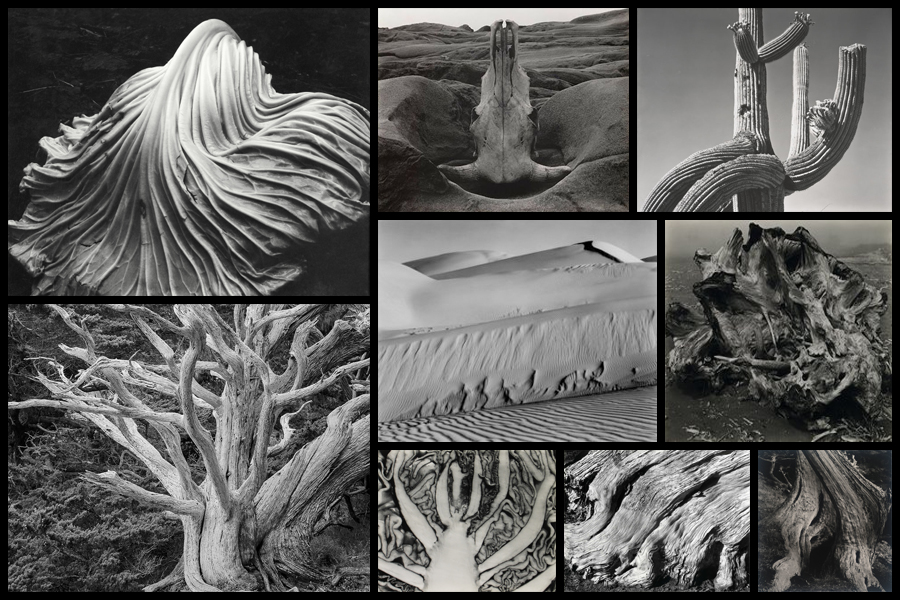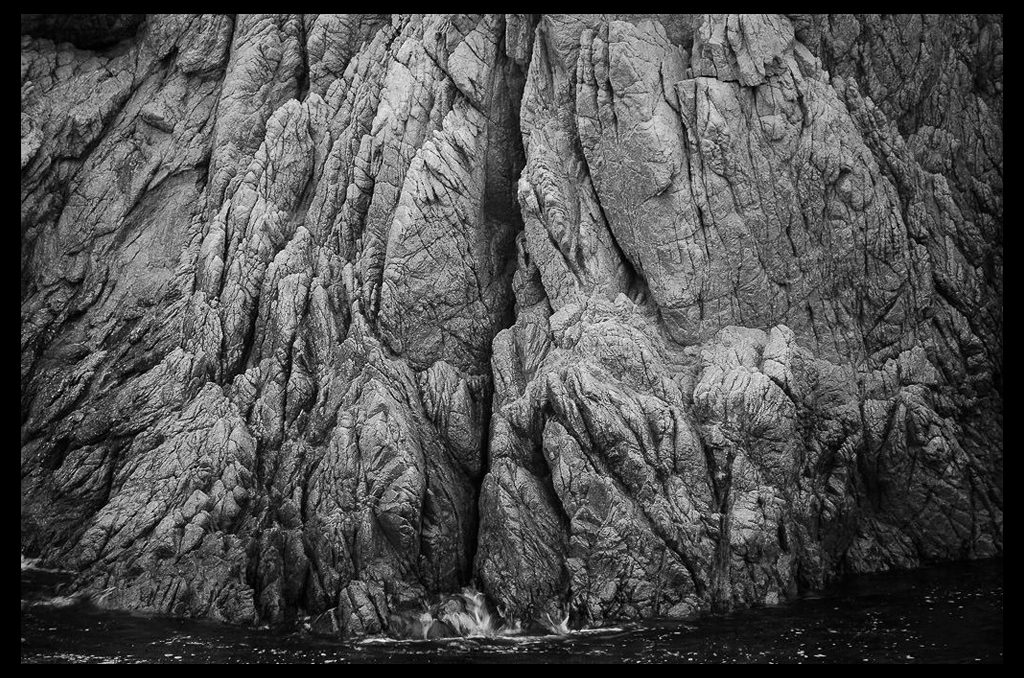Who is he?
Edward Henry Weston was born March 24th, 1886, dying January 1st 1958. Weston grew up in Chicago and moved to California when he was 21, from a young age he knew he wanted to be a photographer and initially his work became viewed as a typically soft focus on pictorialism which was a popular theme at the time. Within a few years of photography he abandoned his original style and went on to use one of the now regarded as most highly detailed photographic images. However in 1947 he was diagnosed with Parkinson’s disease and he stopped photographing soon after which led to his remaining ten years of his life overseeing the printing of more than 1,000 of his most famous images.
Currently Weston is known as one of the most innovative and influential American photographers, being regarded as a master photographer of the 20th century. Over his career he range of subjects to photograph had widened, photographing things like landscapes, nudes, still life, portraits and genre scene even including parodies. Weston today can be seen as creating what is quintessentially seen as American, especially Californian approach to photography, this is due to his focus on the people and places of the American West where in 1937 Weston became the first photographer to receive a Guggenheim Fellowship. Because of this he went on to produce up to 1,400 negatives using an 8 x 10 view camera which many of his famous photographs being taken of trees and rocks around the area of Point Lobos, California where he lived for many years. Some examples of his photograph can be seen below:

After looking over some of his images I decided to analyse one of them that I thought related best to my overall topic of variation regarding abstraction through different presentations. The image is called Point Lobos named after where it was taken where he photographed different rock formations using different compositions each time. By analyzing the image I can look into three sections, technical, visual and contextual, these will give me a greater understanding of how the image is taken and the underlying thought process beneath it.

Visual:
Visually the piece is extremely aesthetic due to its symmetry and use of different tones. What drew me to it originally was how the rocks mostly grey surface was complimented by the boarder of black waters and edges, for me this brought the photo together as it boxed in what Weston wanted to focus on, the texture of the surface. By using the divide between the two sides of the rock and composing it in the center of the image I found that it stopped the formation from becoming too overpowering and prevented it from becoming too bland and generic. For me this area of rock is effective because of how the darkened cracks all face the same direction whilst using the dark water as a gradient to eventually fade in and create an eerie result.
Technical:
When looking at the image its fair to say that a relatively lower exposure was used to create the darkened effect of the water and corners of the piece, allowing as a results for the areas where the sun hits to pop out against the rest of the composition. A regular shutter speed has been used as when looking at the water there is some slight movement blur which indicates that the photo was taken intentionally to capture its crashing against the rocks surface and as a result produce a greater transition between rock and water. It is clear when viewing the image that the composition has been greatly taken into consideration due to the placement of the dividing crack and the portion of the image taken up by the water.
Contextual:
During the late 1940s when this image was taken, Weston’s photography was becoming increasingly personal. He began to capture private picnics, trips in his car, and his family and friends—all of which were subjects he avoided in his earlier years. The beauty in this image derives from Weston’s overpowering sense of place at Point Lobos, the sharp lens focus, the flawlessness of a natural form, and the thorough attention to detail in his printing. This image, among many, illustrates how Weston often renounced the use of manipulation in his photographs in order to depict the realities of the world. This style of photography is referred to as “Pure and Straight Photography,” a term coined in the late 1800s when photographers began to create photographic prints that were not manipulated in any way. Weston will always be recognized for the simple, yet emotionally charged, clarity of his pictures. In viewing this photograph we find that Weston’s main goal was not to manipulate but rather merely to capture the beauty of Point Lobos.
